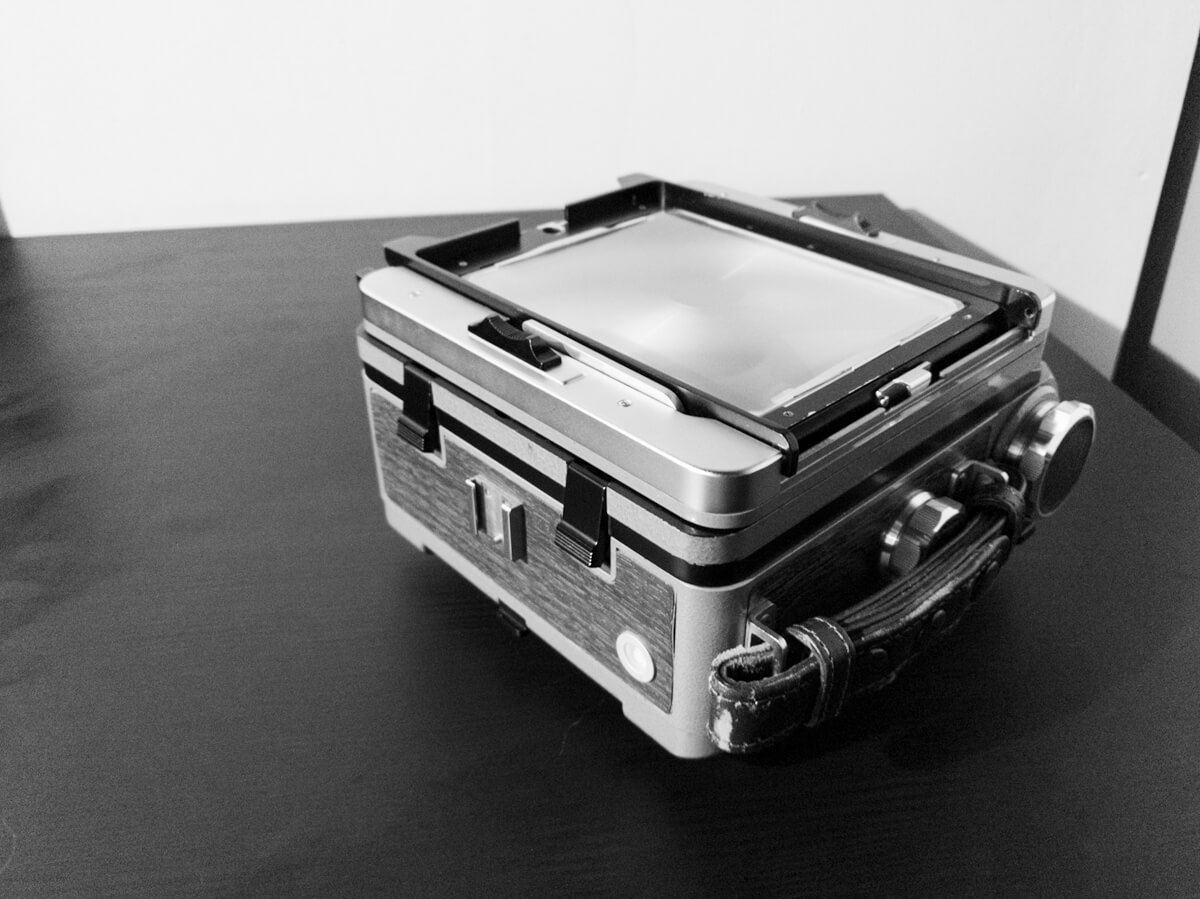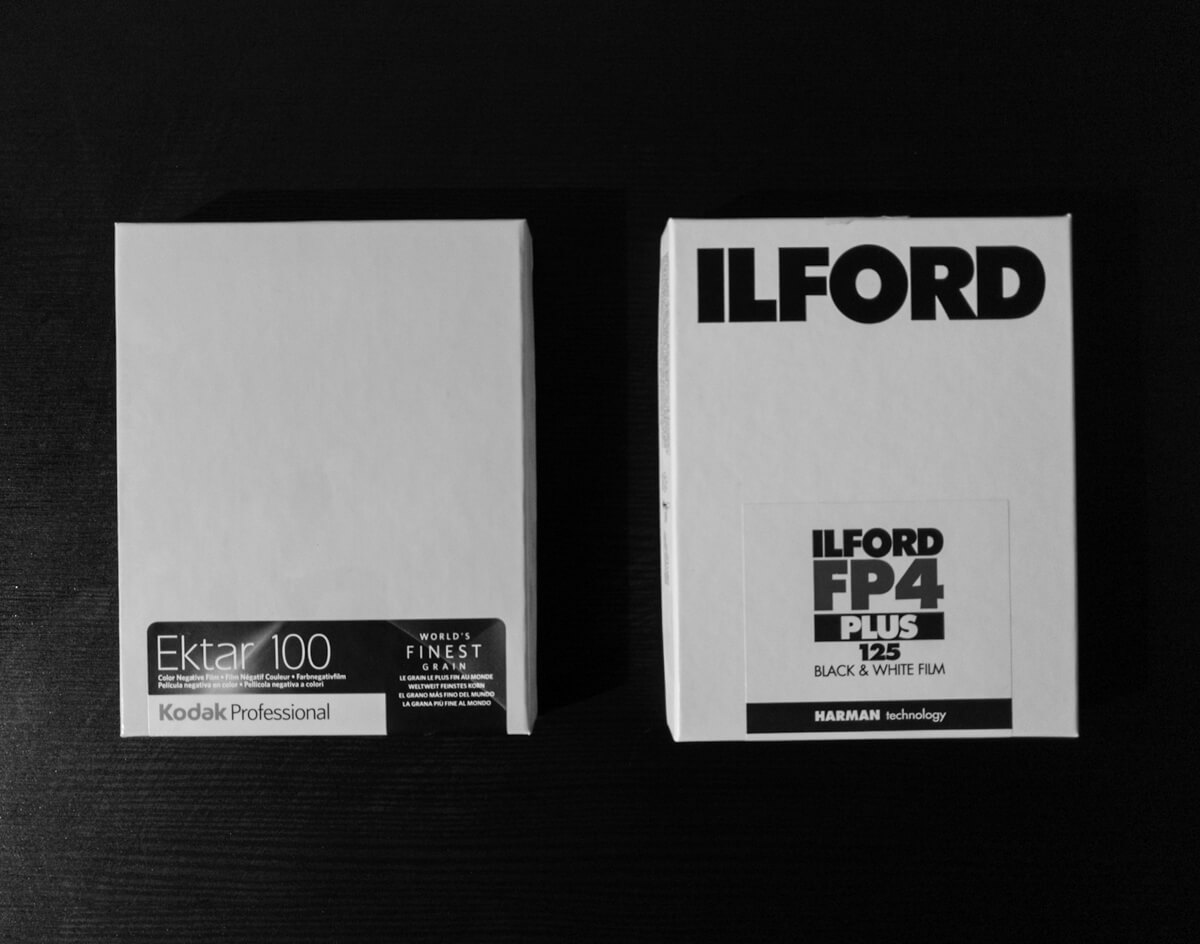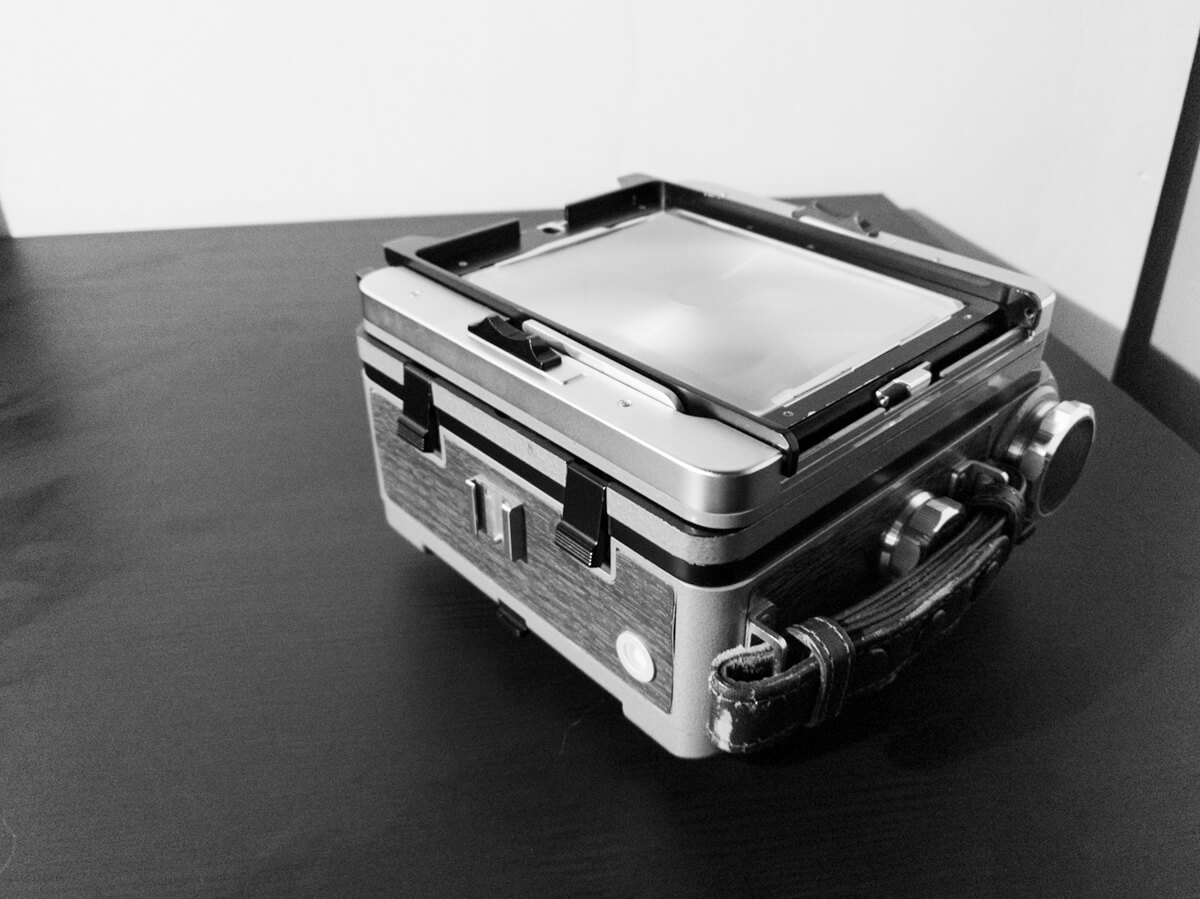Down the 4×5 rabbit hole part 1: A trip to the world upside down
Like so many of us, I found myself with a bit more extra time during the global pandemic. This created an opportunity to explore various ideas and potential projects. As one of my primary interests is nature and landscape, consideration for large format photography did come up a few times. But, in those moments, I always dismissed the idea with “nah, I don’t have time for that”, now, perhaps I do have a window to try. And then, the evening came, a bit of surfing around and…
…that moment in the morning when you wake up to a cheerful e-mail from eBay, confirming your purchase. The all familiar sinking feeling of “what did I just do?” sets in. The weight of time commitment and financial implication gets more real with every sip of your first coffee. Camera, film holders, lens, film and some processing accessories are on the way.
As four packages converge on my home, it is time to start thinking about what to do with this whole 4×5 outfit. How do I cut through intimidation barrier and forge ahead towards my own conclusion and workflow? Was this truly a good idea? Let’s see – first, why?


Larger negatives mean more detailed images — at least this is the conventional wisdom supported by many a landscape photo books on my shelf. For me, the more contemplative process behind intimate and semi-abstract landscape scenes creates the draw. Then, what is the choice of film — should I buy something that is relatively inexpensive and experiment, or just go straight to the target medium?
Well, why not start with the target — ILFORD FP4 PLUS and Kodak Ektar 100? In the end, with film, the starting kit consists of Wista 45D field camera, Fujinon 125mm f/5.6 lens with Seiko shutter, four 4×5 film holders, a Mod54 insert for Paterson System 4 tanks, Printfile negative sleeves and an 8x magnification loupe. That completes the kit, what of the approach and process?





First, I will have to familiarize myself with camera controls and operation of the shutter. Planning to do this without film and just develop “muscle memory” around the camera. Then, the second step is to figure out how to load film into holders. I have a lot of trepidation over this, but much like with roll-film, this just may be a matter of practice. Then, it is off to exposing two sheets in a test scenario, committing to composition and exposure discipline like never before. Finally, processing the film and contact printing the two negatives on a 8×10 sheet of RC paper for evaluation.
From there, ideally, the goal would be to create a project for both black and white, and colour film and perhaps present it in a zine form.
That is the plan, at least for now. Thanks to EM’s kindness, or twisted sense of humour, we are making this a public exercise. At the time of this writing, nothing has been done, the kit is here and it is time to start. Follow along as this adventure progresses and takes inevitable twists and turns…
I’ll check-in in about a month from now!
~ Toni
Share your knowledge, story or project
The transfer of knowledge across the film photography community is the heart of EMULSIVE. You can add your support by contributing your thoughts, work, experiences and ideas to inspire the hundreds of thousands of people who read these pages each month. Check out the submission guide here.
If you like what you’re reading you can also help this passion project by heading over to the EMULSIVE Patreon page and contributing as little as a dollar a month. There’s also print and apparel over at Society 6, currently showcasing over two dozen t-shirt designs and over a dozen unique photographs available for purchase.








4 responses to “Down the 4×5 rabbit hole part 1: A trip to the world upside down”
An interesting read and I look forward to following your journey. My 5×4 experiment started during Lockdown whilst I was shielding at home so I’m at a similar stage to you.
I’ve not used the Paterson insert (put off by some of what I read) and ended up buying a Stearman 5×4 tank which holds four sheets and is as easy (or difficult) to load as a film back. Cost me around £90 new but I’ve developed around fifty sheets since I had it without a hitch.
All the best
Dave
I dragged out my no-name 4×5 field camera to take photos of a local apple orchard during the pandemic lockdown using Provia and Delta100. Loading and unloading the sheet film holders is easy compared to loading the Mod 54 developing holder. Thus far I have never gotten things to load perfectly onto the Mod 54 without some overlap of the sheets, although the results have been fine. The other challenge was finding an open processing lab for the slide film – I ended up sending my stuff to North Coast Processing in California (from NY) as none of the NY firms seemed to be open during the lockdown (not sure about now). Good luck on your 4×5 journey.
Praus Productions in Rochester, NY, was open all year. I send my B&W film there.
Dear Toni,
Boy oh boy, you are going down the rabbit hole!
I actually enjoyed shooting 4X5 back in the day (mid 1970’s.) I just think I shot the format too early in my life-long photo adventure. I treated as a phase rather than any type of serious pursuit. Then, I was surrounded by Ansel Adams cultists, who were more interested in testing & testing & testing ad nauseum. The problem was, we just didn’t have the Rocky Mountains here in Connecticut. That’s what they wanted to shoot. I was more interested in Industrial & cityscapes. To them, it was like telling your doe-eyed 5 year old daughter that Santa Claus is not real. I was deemed not worthy to wipe the Master’s lens cap.
Heck, I got a used Leica and haven’t looked back.
But, I knew how to process sheet film in trays! I worked in a print shop while going to college and I tray developed 11×14 in. Kodalith film 5 days a week. Piece of cake! They had all sorts of problems: film edges digging into emulsions, scratches because they used too little developer. As far as I can remember, no one developed in deep tanks…just trays.
Looking forward to your continued posts on your journey. Large format is really a blast; nothing like looking at a big negative on a light box. And, you’re really continuing in the manner of the early photographers.